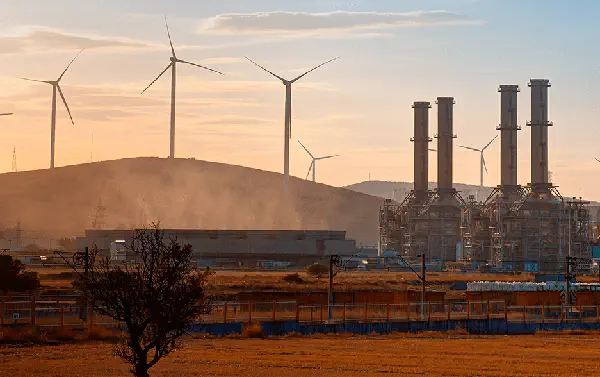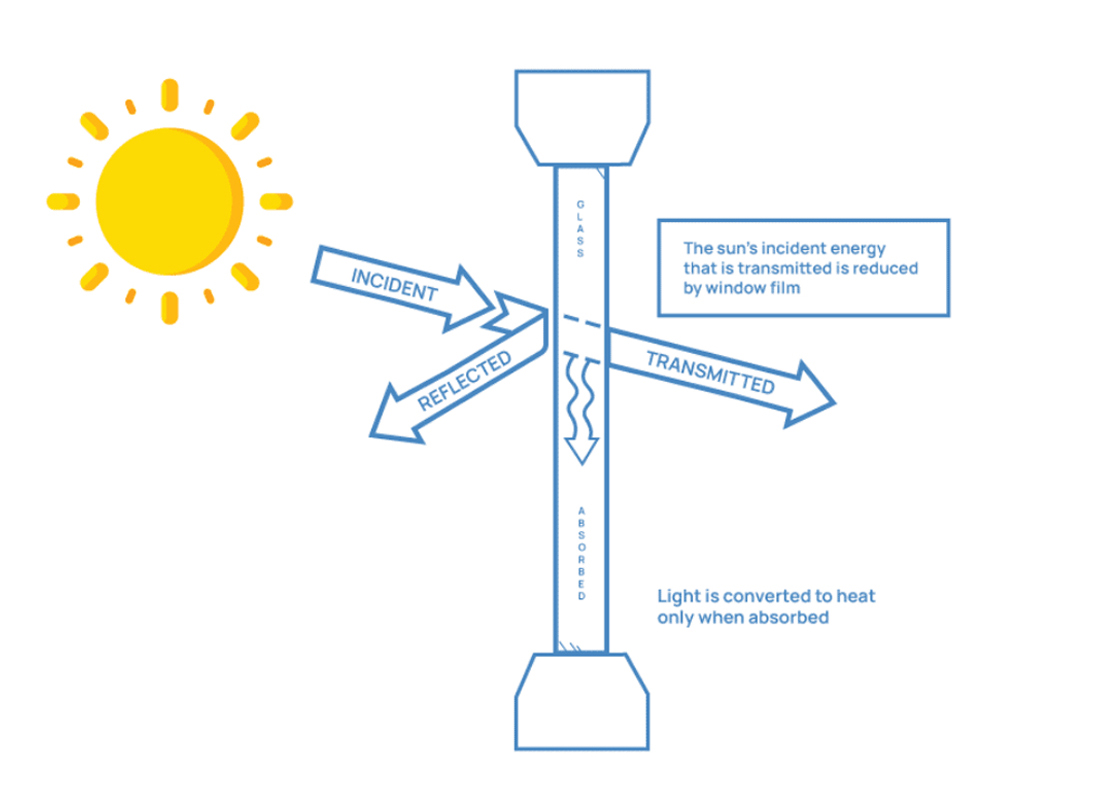Inflation Reduction Act

Cleaner & More Sustainable Buildings With the Inflation Reduction Act
The Inflation Reduction Act (IRA) is designed to change the way the United States produces and consumes energy in order to fight climate change. Monies, including tax credits, have been made available to reduce the emissions of Greenhouse Gases (GHG) and Hydrofluorocarbons (HFC) as well as to foster the creation of renewable energy sources. The IRA represents the largest piece of federal legislation to combat climate change.
The IRA should have a positive impact on the nation’s building (commercial and residential) stock as money is earmarked to assist the public and private sectors to invest in sustainable technologies that reduce energy consumption and GHG emissions.
How Window Film Impacts Energy Efficiency

Cooling Season

Heating Season
Legislation | How 3M Window Film Applies |
|---|---|
Section 13303 increases the incentive of the Energy Efficient Commercial Buildings Deduction (179D) while decreasing the requirements. | The 179D tax credit incentivizes a building owner to make energy efficient improvements to a building’s envelope. 3M Window Film improves the energy efficiency of glazing, which can represent at least 40% of a building’s façade. |
Section 60502 provides $250 million to make federal buildings greener. | 3M’s window films lower a window’s SHGC and U-Value, thereby decreasing costly heat gain and loss. |
Section 60503 provides $2.15 billion to federal buildings to use low carbon embodied materials. | 3M window film products can become carbon negative within six (6) months. |
Section 60504 provides $975 million to be deposited in the Federal Buildings Fund for emerging and sustainable technologies. | 3M Window Film is a component of LEED Sustainable Design based on its ability to reduce energy consumption. |

Improving Energy Efficiency With 3M Window Film
Cities such as New York, Boston, and Washington, D.C. are levying penalties against larger buildings that are not implementing energy efficient upgrades to reduce their carbon footprints. The IRA’s federal incentives, particularly the extension of 179D, is an additional carrot for owners to invest in the efficiency of their building envelopes.
First patented in 1966, 3M manufactures energy reducing window films in a variety of shades, from dark and reflective to practically invisible. 3M’s Thinsulate Climate Control Window Films improve the efficiency of a building envelope by lowering both the SHGC and U-Value of existing glazing. The installation of Thinsulate is like adding another pane of glass, all without the associated high cost and disruption of window replacement. And because Thinsulate is virtually invisible, it won’t change a building’s appearance, and no one will even know it’s there.
















